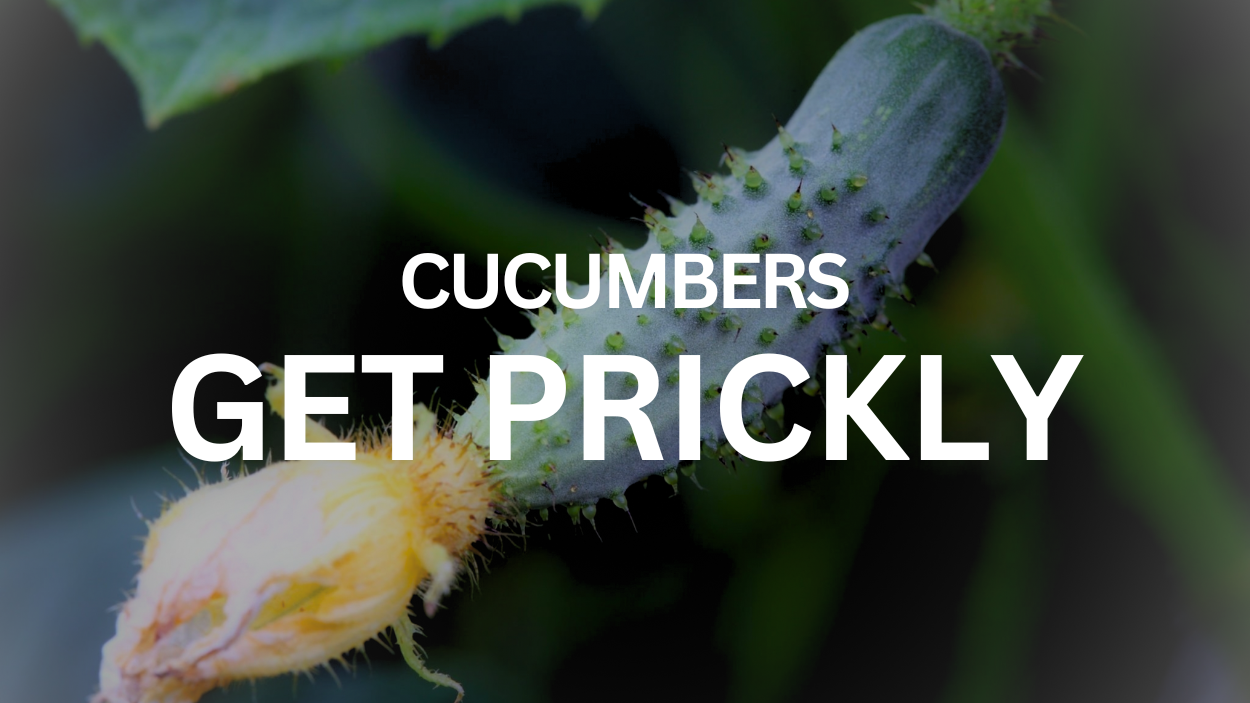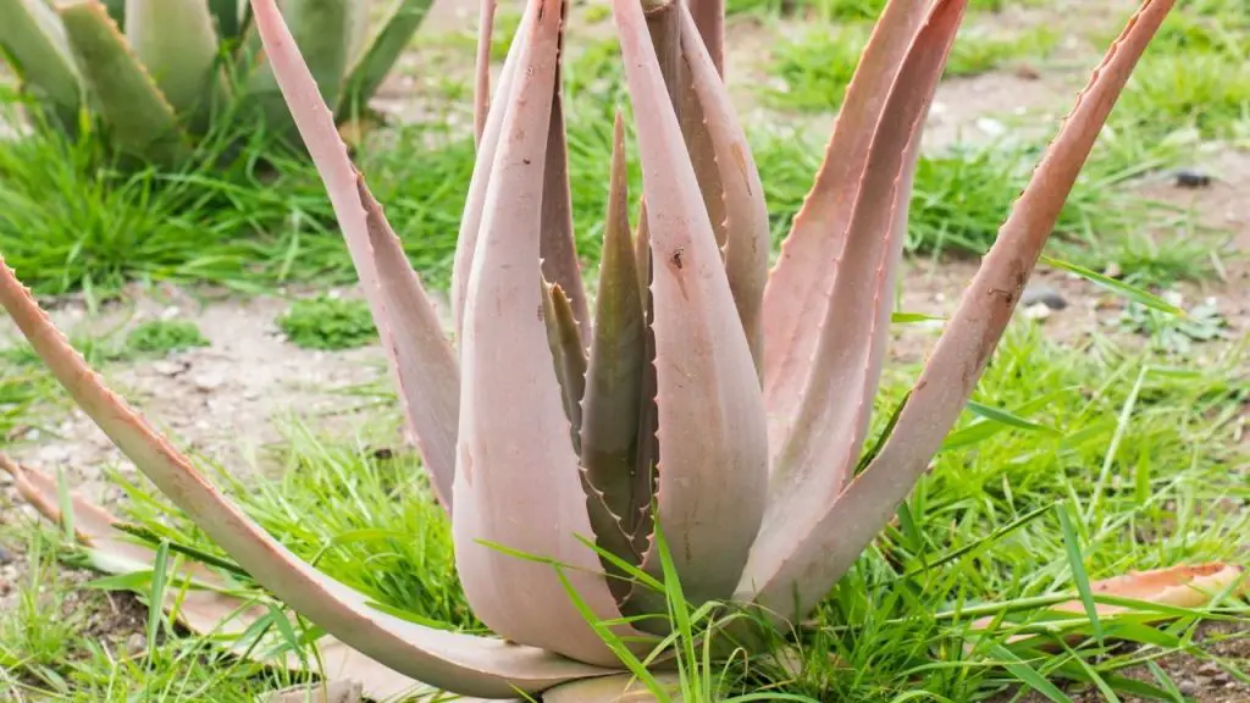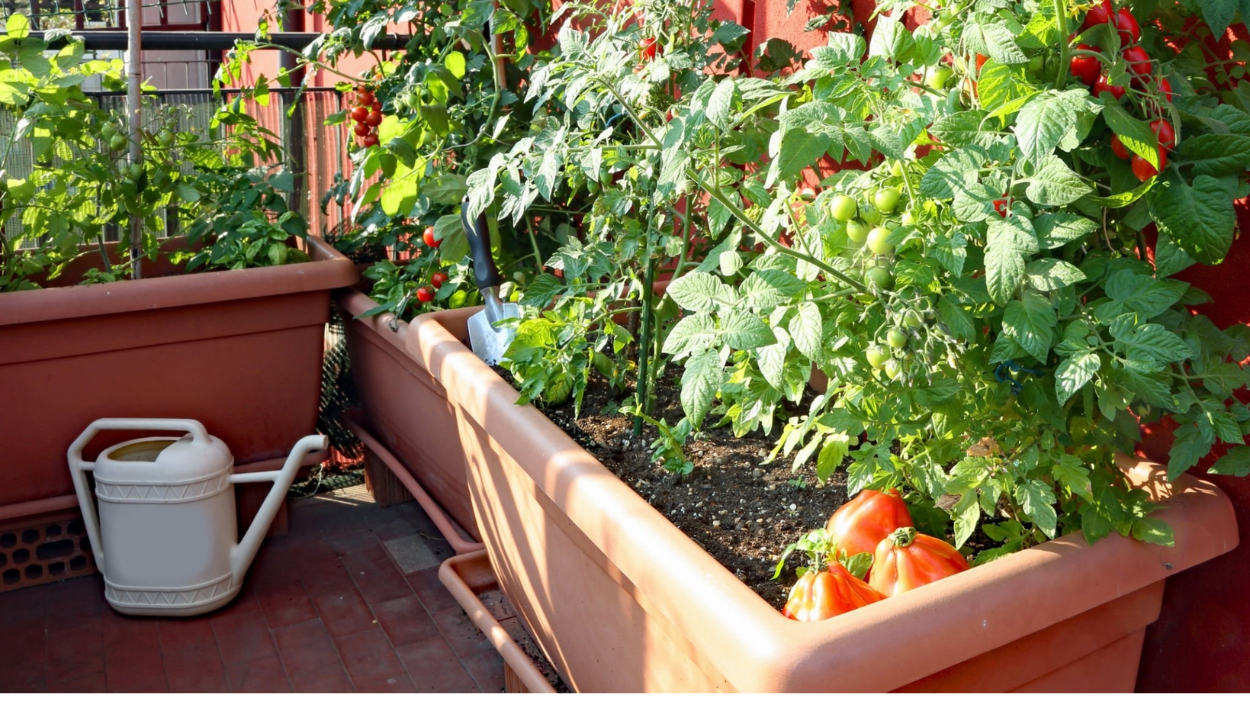You'll feel confident utilizing cucumbers in your cuisine if you know "Why do cucumbers get prickly" You also have the opportunity to gain new information. We will list the causes in our studies as follows.
Are Prickly Cucumbers Safe to Eat?
Yes, prickly cucumbers are safe to eat. The prickles are mostly a cosmetic issue and can be removed by peeling or rubbing the cucumber with a soft cloth.
Why Do Some Cucumbers Have More Papillae than Others?
The number of papillae on a cucumber can vary depending on the variety and age of the cucumber, as well as environmental factors such as temperature and humidity.
Why Do Cucumbers Get Prickly?
Cucumbers are members of the Cucurbitaceae family, which also contains pumpkins, squash, and melons. Cucumbers, like other members of this family, have a rough, prickly feel on their surface. This texture is formed by microscopic bumps known as papillae, which are composed of tiny hairs known as trichomes.
Trichomes are surface structures present in many plants, including cucumbers. They protect the plant from predators and help to regulate water loss, among other things. Cucumber trichomes help to protect the fruit from herbivores like insects and animals.
Some cucumber types have a more prominent prickly texture than others. Pickling cucumbers, for example, have more papillae and trichomes than slicing cucumbers. The texture of the cucumber can also be affected by its age. Cucumbers that are younger have a smoother texture, whereas cucumbers that are older may acquire more papillae.
Cucumbers are frequently cleaned and brushed after harvesting to remove the prickly texture. However, some cucumbers may still retain visible papillae or trichomes, especially if they are not fully washed or left to grow on the vine for an extended period of time.
How Can I Prevent Cucumber Prickliness?
Cucumber prickliness can be avoided by selecting a prickle-resistant type, keeping your plants well-watered and cool, picking your cucumbers while they are young and firm, and employing pest control methods.
Final Thought
Cucumbers' prickly roughness is created by little bumps called papillae, which are made up of tiny hairs called trichomes. These structures aid in the protection of the fruit against herbivores and other environmental challenges. While the texture may be unpleasant to some, it has no effect on the cucumber's taste or nutritional value. If you want a smoother texture, wash and scrape the cucumber with a vegetable brush before peeling it, though this will remove some of the nutrients found in the skin.




